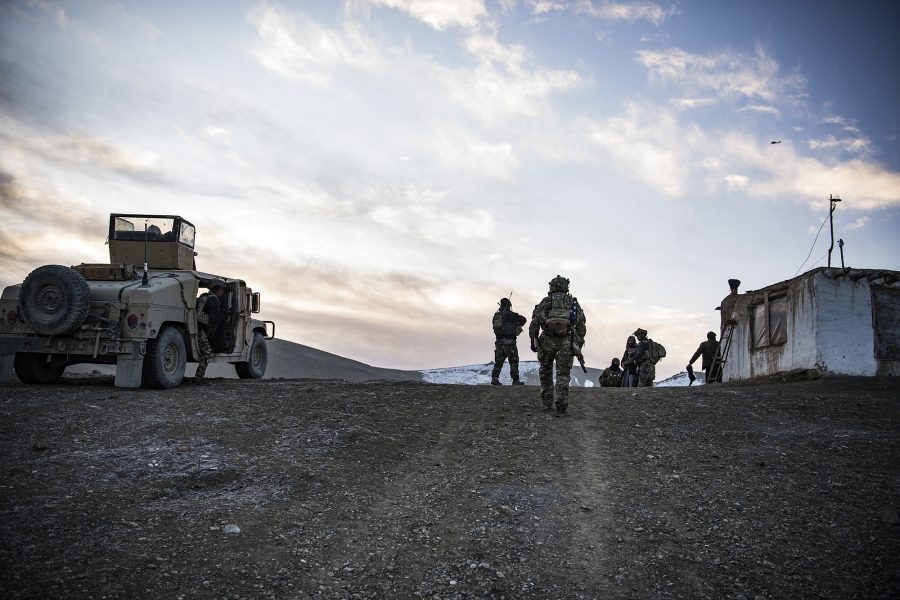The Pentagon has approved plans to draw down to 2,500 troops in Afghanistan, focusing on a smaller number of bases and continuing the advising and training role as well as the counterterrorism mission.
“After 20 years, [and] two decades of consistent effort there, we’ve achieved a modicum of success,” Chairman of the Joint Chiefs of Staff Gen. Mark A. Milley said on Dec. 2. However, over the last “five to seven years, at a minimum, we have been in a condition of strategic stalemate where the government of Afghanistan was never going to militarily defeat the Taliban. And the Taliban, as long as we were supporting the government of Afghanistan, was never going to militarily defeat the regime.”
Acting Defense Secretary Christopher C. Miller recently approved recommendations from U.S. Forces-Afghanistan and U.S. Central Command commanders, and efforts to withdraw troops by the Jan. 15 deadline are underway. While Milley would not provide specifics, he said the future U.S. laydown in the country will include “a couple of larger bases, with several satellite bases.”
Under an agreement with the Taliban, NATO forces are to leave Afghanistan by May if conditions are met, but President Donald J. Trump last month ordered the U.S. to pull thousands of troops out before the Jan. 20, 2021, inauguration.
A total of 2,448 U.S. service members and civilian DOD personnel have been killed in Afghanistan and more than 20,000 troops wounded. The negotiated settlement is the only way the war could end, Milley said.
“That’s very odious for many, many people to think that we’re going to negotiate with someone like the Taliban,” he said. “But that is, in fact, the most common way that insurgencies end, is to negotiate a power-sharing settlement.”
Milley acknowedged that future force levels will be determined by the next administration, “But, for right now, … the plan we’re executing is to go to 2,500 troops.”
